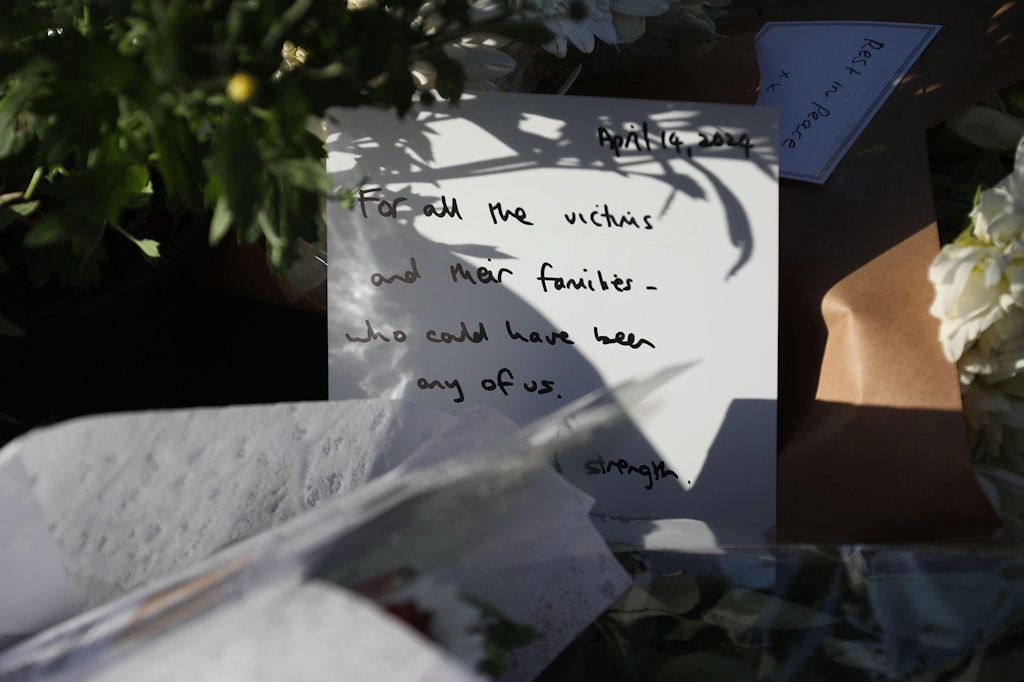“Trans”
Dominic Green on the history of transvestites, transsexuals and transgender
This article is taken from the November issue of The Critic. To get the full magazine why not subscribe? Right now we’re offering three issue for just £5.
“I, Tiresias, old man with wrinkled dugs / Perceived the scene and foretold the rest,” T.S. Eliot wrote in The Waste Land (1922). This was uncharitable to Tiresias, but prophetic for the rest of us. Eight years later, in 1930, Lili Elbe of Germany became the first woman to undergo male-to-female sex reassignment surgery.
In 1946, Dr. Harold Gillies, a cisgender male who had helped to pioneer plastic surgery during the First World War, started operating on his colleague Laura Maud Dillon, who was already living as Michael and who, after three years of female-to-male transitioning, was now a transsexual (1949) with the phalloplasty to prove it. Dillon was the first trans man or transman. Detransitioning was not then an option.
It is, to borrow the title of Jan Morris’s sex-change memoir of 1974, a Conundrum. Historically, those born intersex or suffering from gender dysmorphia or what the doctors still quietly call transvestic disorder became transvestites (1922), from the Latin trans (across) and vestire (to dress), via the German transvestit.
‘Trans’ deliberately conflates the categories of ‘transvestite’ and ‘transsexual’, in order to create an interest group
“Life is a cabaret, old son,” and the typical transvestite in Britain was a man who derived erotic satisfaction from delivering an exaggerated caricature of his mother in public. More interesting cross-dressers (derogatorily, trannies and gender-benders) include Joan of Arc, the Chevalier d’Éon, the pantomime dame, the principal boy, the first performers of Shakespeare’s female roles, Boy George, the Lady Boys of Bangkok and the handsome sailor who took to the high seas in drag.
Visitors to public telephone booths and Brazil will be familiar with the pre-op transsexual, a man with male genitalia and some combination of hormone treatment and false breasts. This sort of thing has always been the material of low comedy in Britain, but Latin societies take it very seriously, possibly because they are less tolerant of effeminacy in men. In the genre of pornography called reverso, an ostensibly straight man seduces an apparently cisgendered woman, and is visibly pleased when he receives a surprise from the shemale.
Trans deliberately conflates the categories of transvestite and transsexual, in order to create an interest group that, by exploiting self-identification laws, can lobby for civil rights and the state funding that ensues, as well as the psychological rewards of specialness and victimhood.
In 2018, the British government estimated that between 200,000 and 500,000 adults, disagreeing with their biological sex or the binary identity assigned to them at birth, self-identify as transgender. Yet by 2018 the government had issued only 4,910 Gender Recognition Certificates. Three-quarters of them went to male-to-female transsexuals, most of them over fifty years of age.
These post-op transsexuals are a tiny minority within another tiny minority, the less than 3 per cent of trans people who use some form of gender-affirming hormone treatment or surgery. The other 97 per cent remain fully male- or female-bodied. In other words, the vast majority of transwomen are male transvestites with a penis. No wonder so many cis women think it a travesty (1662, from the Italian travestire, to disguise).
Enjoying The Critic online? It's even better in print
Try five issues of Britain’s newest magazine for £10
Subscribe














